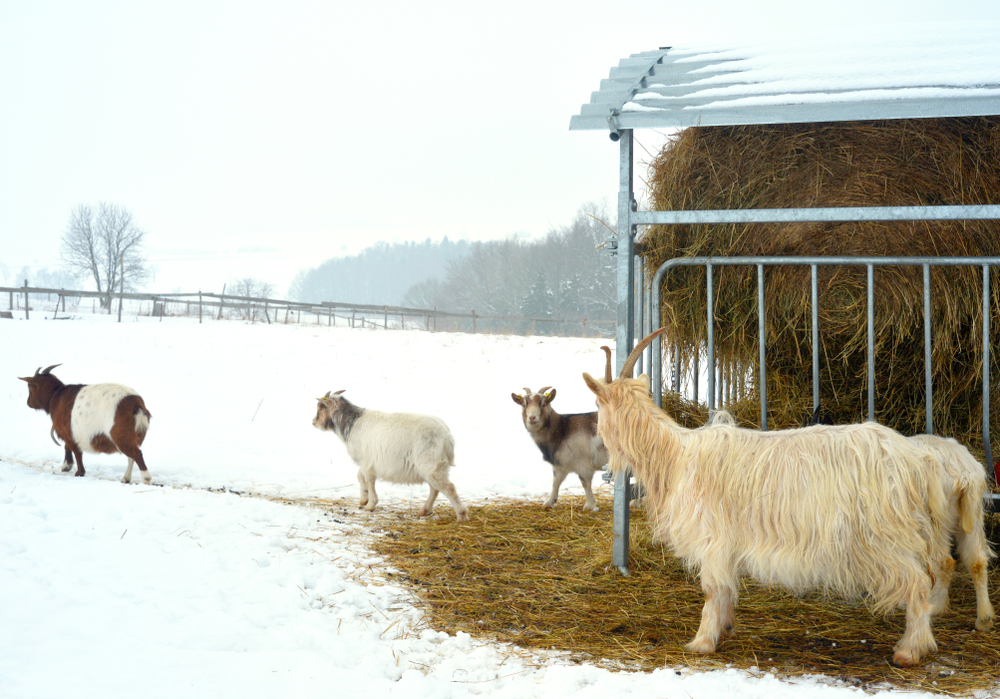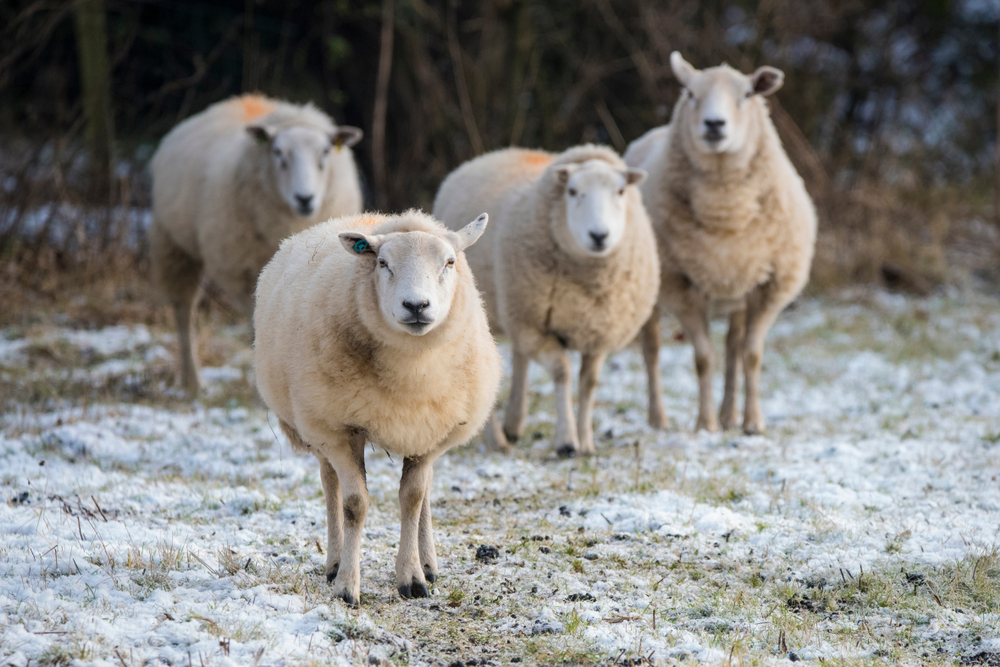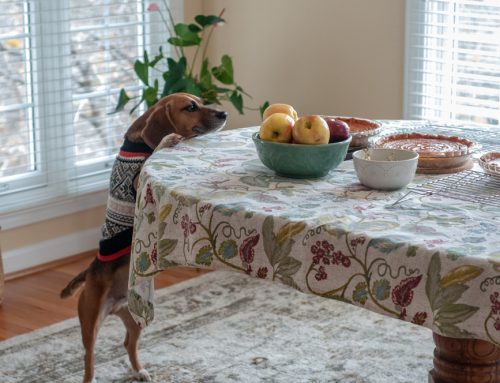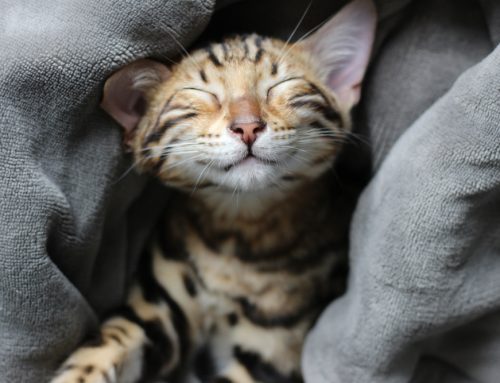Winter can be stressful for livestock, and small ruminants and camelids need additional care to ensure they stay healthy during the wintry weather. Our Sale Creek Veterinary Services team wants to help by explaining how you should care for your sheep, goats, alpacas, and llamas when the weather turns cold and wet.
Provide appropriate shelter for your small ruminants and camelids
Protection from wind and precipitation will decrease energy demands and feed costs and increase animal comfort. The shelter can be as simple as a tree thicket, or you can provide much more, such as a barn or three-sided shed. Ideally, small ruminants and camelids should have free-choice shelter to get out of the rain and snow.
Ensure the shelter has enough space for all animals to prevent overcrowding and trampling, and clean and dry bedding if you provide a building. Bedding helps insulate animals from the cold ground, but ammonia can accumulate in soiled bedding, irritate the animal’s respiratory lining, and make them susceptible to respiratory tract infections. In addition, the structure needs good ventilation to help avoid ammonia accumulation.
Provide adequate water for your small ruminants and camelids
Providing fresh, clean water is essential to your herd’s health. Sheep, goats, and alpacas should consume about one to four gallons per day, and llamas should drink about two to five gallons of water per day. Using tank heaters or heated buckets can help prevent water from freezing and encourage your animals to drink in cold weather. However, use a voltmeter regularly with these resources to ensure no current runs through the water and deters animals from drinking. If heaters aren’t used, provide unfrozen water several times daily to ensure your herd always has access to water.
Provide adequate food for your small ruminants and camelids

Your herd’s maintenance nutritional requirements can increase significantly in the winter. Your small ruminants and camelids should have access to quality, mold-free hay. You can supplement their roughage with grain, but hay is safer to feed, lower in cost, and produces more heat during digestion, and is generally preferred. Also, provide trace mineralized salt to ensure daily mineral needs are met. If you have questions or concerns about your herd’s nutritional requirements, contact our veterinary team, and we will provide specific advice for your animals’ needs.
Assess your small ruminants’ and camelids’ body condition score
Thick winter wool and hair coats can hide weight loss. Ensure your herd is maintaining a healthy weight by assessing their body condition score (BCS), which involves palpating the animal at several anatomical landmarks to objectively measure their fat cover. A nine-point scoring system is commonly used, where one indicates severe emaciation and nine indicates severe obesity. A BCS of four is ideal for small ruminants and camelids.
Manage mud in your small ruminants’ and camelids’ environment
Mud can typically be found where small ruminants and camelids congregate. Wet, muddy conditions contribute to foot and hoof diseases, such as foot rot and thrush, and also create an ideal environment for parasites. Tips to minimize mud include:
- Install gutters — Add gutters to barns and other structures to redirect water from high traffic areas.
- Move feeders — Move your feeders every few days to decrease manure buildup and hoof damage.
- Create a sacrifice area — Place animals in a sacrifice area during inclement weather to protect pastures from damage.
- Develop a high traffic pad — In high traffic areas, excavate down to a stable base layer, and build a 1% slope to encourage drainage away from the site. You can also use a geotextile fabric with small pores that will allow water, but not soil particles, to pass through.
Properly care for your small ruminants’ and camelids’ feet
Foot rot and other concerning conditions that affect small ruminants’ and camelids’ feet are common in the winter, and you should routinely inspect their feet and keep them trimmed to avoid problems. Tips to trim your small ruminants’ and camelids’ feet include:
- Remove dirt and debris — Use a brush to remove accumulated dirt and debris from the feet and between the toes to help you see the structures you are trimming.
- Trim excess growth — Trim the hoof sides and any pieces growing toward the pad.
- Avoid the quick — If you cut too much tissue, you will reach a sensitive, vascular area. Trim small areas at a time, and stop cutting when the sole becomes a pinkish color.
- Practice appropriate preventive medicine for your small ruminants and camelids
Talk to our veterinary professionals about the vaccinations your small ruminants and camelids need before the winter. This is also a good time to address internal parasites to reduce environmental contamination.
Winter will be here soon, and you should take steps now to ensure your small ruminants and camelids are prepared for cold weather. If you have questions about managing your herd this winter, contact our Sale Creek Veterinary Services team. We can provide answers, offer advice, and make recommendations.







Leave A Comment